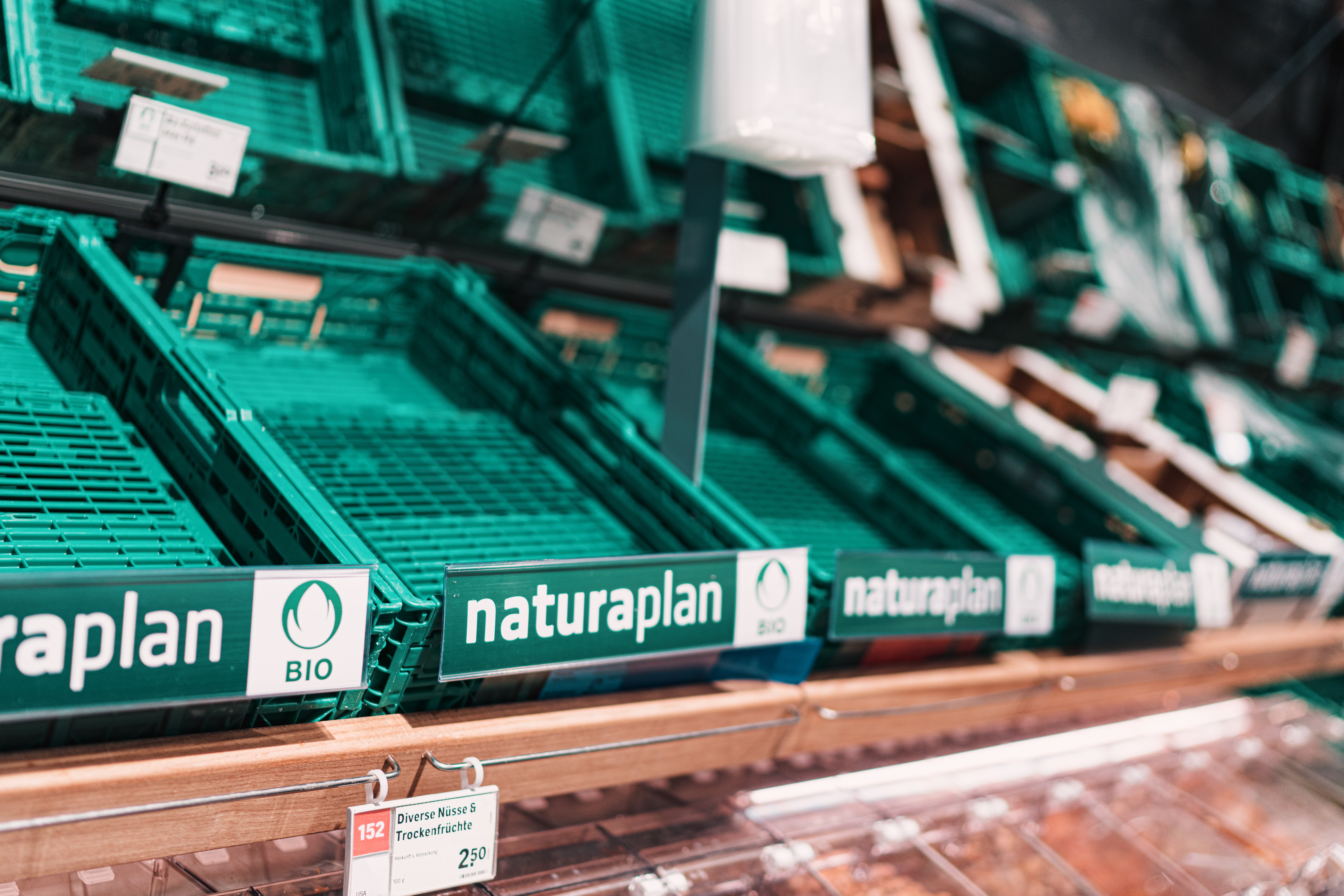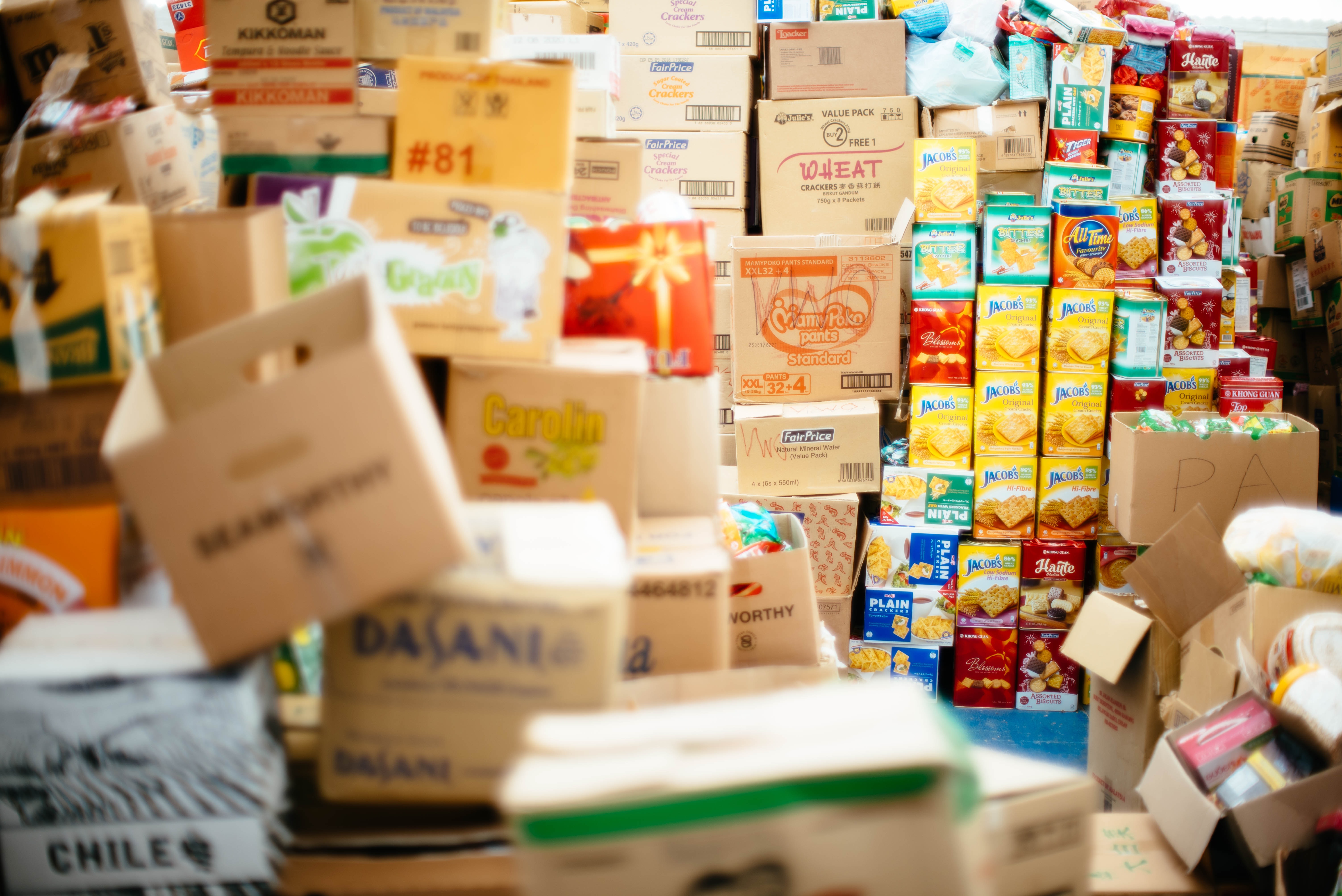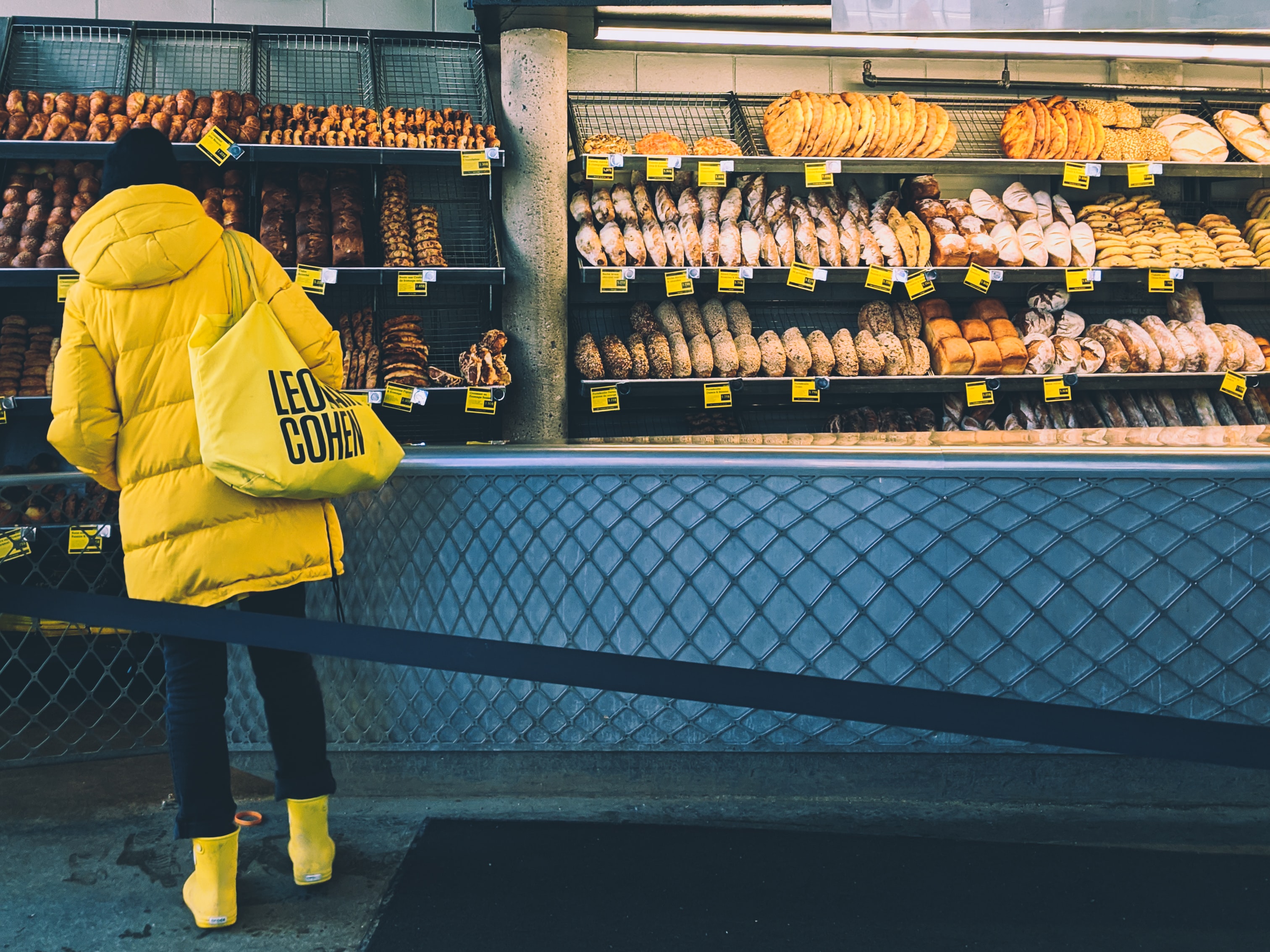When Do Grocery Stores Restock? A Guide to Inventory and Distribution
A retailer’s distribution chain doesn’t always flow smoothly — that’s why it’s important to partner with an experienced, reliable distributor!
Why is restocking important for grocery retailers? When your distribution or supply chain falls short, you can end up experiencing delivery delays or missing products. These incidents result in inventory shortages that can frustrate you and your customers, resulting in an avoidable loss of revenue.
When distribution, inventory, and restocking all run like clockwork, however, you can keep those shelves full of products that your shoppers want to buy.
In this blog, we’ll look at typical restocking schedules in large retail chains and boutique grocery stores, as well as what this means for inventory and distribution in 2022 and beyond.

When do most grocery stores restock?
Supply chain management protocols can differ from business to business, meaning that restocking schedules can vary too. In general, here’s what shoppers have learned to expect from large grocery chains and boutique grocery stores.
Large Grocery Chains
Large grocery stores have significant sales volumes every day, that’s why most major grocery stores restock daily to avoid inconveniencing their customers. Although stores have varying times for restocking, most replenish their shelves early in the morning or overnight to avoid disrupting shoppers.
Overnight stocking is more convenient than early morning stocking because restocking in the morning can mean a bit of a rush before the shop doors open, Over the night shift — say between 10 pm and 7 am — employees can focus on stocking shelves instead of customer service, and they can wheel the stock carts in the aisles without the fear of blocking buyers' shopping carts.
Nights are especially suitable for restocking large items that require stockers to alter the store's layout or shelf plan, even temporarily.
So will large grocery stores never restock during the day?
Of course, it’s not uncommon to see retail workers restocking the shelves of major grocery stores during the day, too. Empty shelves look unsightly, can disappoint shoppers, and give the impression that your supply chain is failing.
Some stores will use the window overnight to carry excess products out to the shelves and either stock them up on the top shelf or underneath, so that there are extra SKUs to put out if the current stock starts to run low.
What does this mean for retailers and CPGs?
Being able to balance both big, overnight restocking and ‘top up’ restocks during the day all comes down to proper inventory management.
If you have too few products in your inventor, you won’t be able to restock.
If you have too many products in your inventory and you run the risk of items getting damaged or spoiling while they are waiting to go on the shop floor.
Speak to your distribution partner who will help you work out the best supply schedule for your store’s needs. At Buffalo Market, we’ll go a couple of steps further, helping you restock and merchandise product lines where needed.
 Small or Boutique Grocery Stores
Small or Boutique Grocery Stores
Most small or boutique grocery stores do not have enough sales to sustain daily restocking — instead, most pick two days per week to replenish their shelves. There are no standard days for when stores of this size restock; one store may supply its shelves on Mondays and Thursdays, while another restocks on Tuesdays and Fridays.
Restocking days for small grocery stores are not set in stone. Stores gauge the demand from customers and adjust accordingly. This means they’ll probably need to restock more frequently during seasons like Christmas, Thanksgiving, and that first roasting weekend of the summer when certain items are flying off the shelves.
What does this mean for retailers and CPGs?
In a boutique or niche grocery store, buyers and managers need to be aware of having excess stock. Marking down perishables in the evenings can help shift these items before you close and make the most of potential sales, avoiding any loss.
Similarly, you’ll want to maximize on times of the highest footfall. Look at your busiest hours. Do you get a lunchtime rush from local workers looking for food on the go? Are your customer most likely to swing by after work to pick up ingredients for the evening meal?
Having your freshest, most delicious-looking, stock on the shelves during these peak times is something all retailers should look to achieve. But don’t forget to keep some stock ready for shoppers who like to shop after the rush hour and avoid the crowds!
It helps to track your inventory, so you know the best times to restock. You can use inventory apps to forecast demand or analyze shopping trends in your store to know which products customers buy most. That way, you understand when and what to restock to secure more sales.
Again, a great distribution partner will be able to help you with this. At Buffalo Market, we’ve got years of experience helping small and large retailers to boost their sales — we’ll help you work out what to have on shelves and how best to present it when it’s there. If you need a spare pair of hands for restocking, we’ve got your back too.

What's changing about grocery restocks?
Customers will help you choose what to stock and restock in your store(s). In recent years, for example, most businesses have been making more room for fresh and locally produced foods on their shelves. Smaller grocery stores have been known to compress their product assortments or take out their aisles to accommodate these products.
This is hardly surprising, as today's consumers are more health conscious and care about the environmental impact of the products they consume. A 2019 International Food Information Council survey found that 43% of consumers always look for healthy food when shopping for food and beverage products.
Now, post-Covid, buyers are even more conscious about their health. 73% of consumers plan on maintaining the healthy habits they had adopted during the pandemic.
Many grocery stores have now adopted the Direct Store Delivery (DSD) method to manage the increased demand for fresh food. That means they get products directly from suppliers to the store, bypassing retailers' warehouses and distribution centers to avoid delays.
The DSD model has numerous advantages for grocery stores, big and small. First, it reduces the risk of running out of stock due to supply chain disruptions. DSD distributors deliver specific products directly to grocery stores as needed, ensuring no shelves remain empty as stores wait for regular delivery slots.
Second, DSD deliveries help businesses to remain agile, allowing them to adapt quickly to increased demand. Grocery stores using DSD systems can anticipate their customers' needs and cater to them on time.
Customers of stores that use Direct Store Delivery will never miss out on what they need, even during peak hours. It’s an approach to distribution and restocking that keeps everybody happy.
Restock and boost sales with Buffalo Market
Using a DSD model for your grocery store will help you keep up with your customers' demands and stay ahead of the competition.
At Buffalo Market, we help retailers establish a consistently successful stocking approach using our streamlined DSD workflows. No more products sitting dormant in the warehouse, and no more customers going elsewhere for shopping because your shelves are bare!
If you need a forward-th inking food distribution partner for your retail store, look no further than Buffalo Market. Contact us today and let us help you revolutionize your supply system.
inking food distribution partner for your retail store, look no further than Buffalo Market. Contact us today and let us help you revolutionize your supply system.


